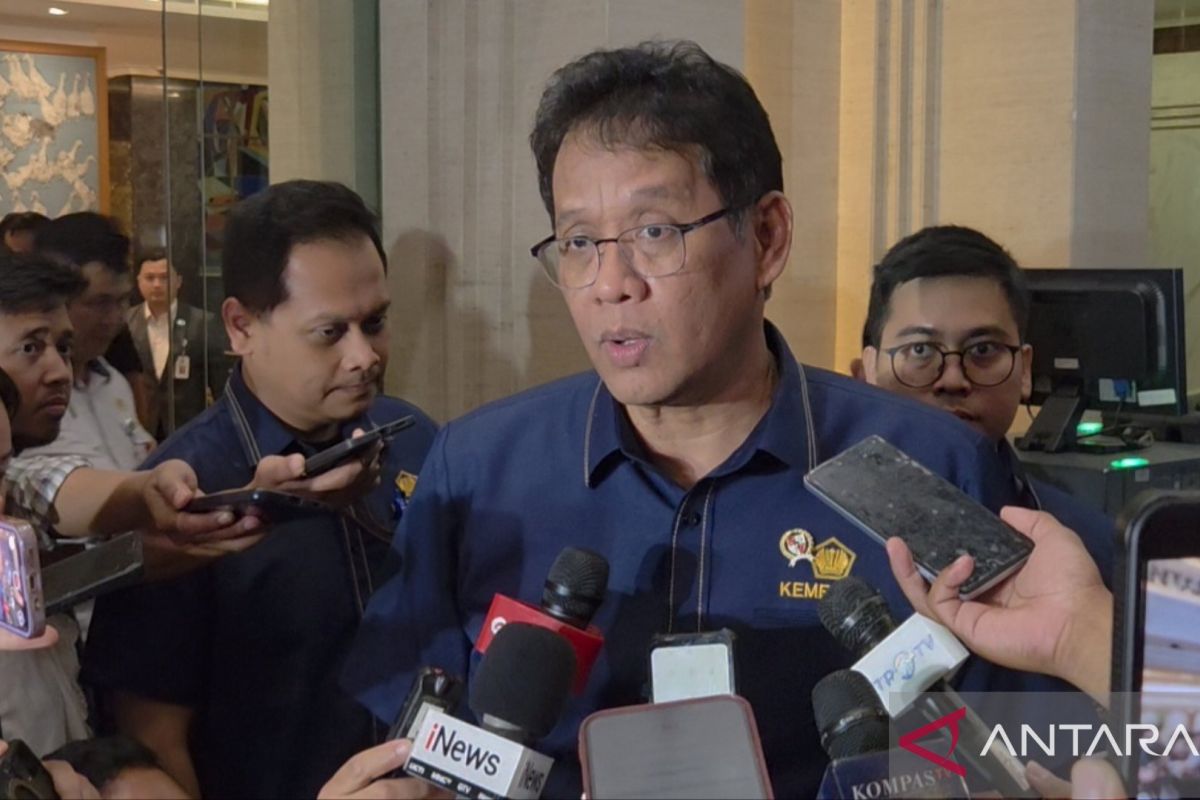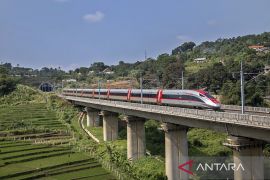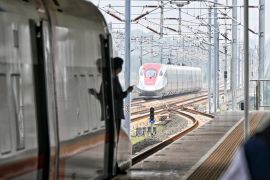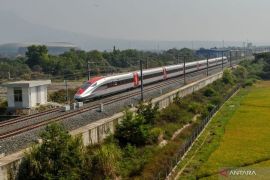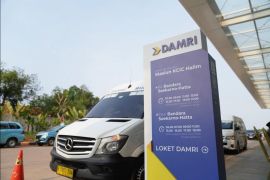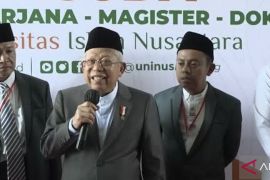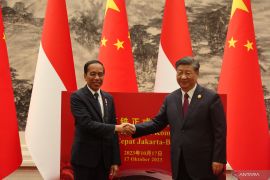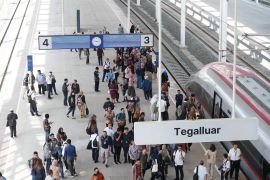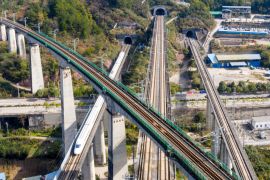According to the minister, Danantara CEO Rosan Roeslani is currently conducting technical assessments to determine the most appropriate strategy for settling the debt.
"I asked him (Danantara CEO) whether the agreement obliges the government to pay the debt. As far as I know, the China Development Bank (CDB) only requires a clear payment structure," Sadewa said after attending the sovereign wealth fund's supervisory board meeting on Wednesday.
"They will propose the payment scheme to us; we will see how their assessment turns out," he added.
Sadewa explained that dividends from state-owned companies distributed to Danantara alone could help PT Kereta Cepat Indonesia China (KCIC) pay its debt to China.
"Dividends received by Danantara amount to around Rp80–90 trillion, which is more than enough to cover the Rp2 trillion in annual interest borne by KCIC," he said.
Although the dividends are expected to increase each year and some of the funds have been placed in government bonds, the finance minister urged Danantara to continue optimizing its fund management.
He emphasized that all dividends from state-owned enterprises, which previously went directly to state coffers, are now received by Danantara. This, he noted, should strengthen the fund’s ability to repay KCIC’s debt.
"Danantara will pay the debt without the help of the state budget. That is what I wanted," Sadewa remarked.
The total investment for the Jakarta–Bandung high-speed railway project reached US$7.27 billion, or approximately Rp120.38 trillion. About 75 percent of the funding was obtained through a CDB loan with an annual interest rate of 2 percent.
Danantara is currently considering two options to settle the debt: allowing the government to take over the infrastructure or injecting new capital into KCIC’s parent company, PT Kereta Api Indonesia (KAI).
However, no final decision has been made, while the government continues to encourage Danantara to take full responsibility for the repayment.
Related news: Indonesia's Whoosh train debt: Danantara, KAI explore rescue plan
Related news: Indonesia’s external debt growth slows to 6.1 pct in Q2 2025: BI
Related news: Indonesia's debt ratio at 39.86 percent of GDP, still at safe level
Translator: Bayu Saputra, Nabil Ihsan
Editor: M Razi Rahman
Copyright © ANTARA 2025
